This holiday season, Downtown shoppers cannot stream into Kaufmann’s to buy presents. Just a few animated figures remain in some large windows while the display cases on Smithfield Street stand empty.
After a 144-year run, the landmark that dominated a Downtown block shut its doors under the Macy’s flag in September. Kaufmann’s was the last store standing in a parade of retailers that left town, including Saks Fifth Avenue, Joseph Horne’s, Gimbels, Lazarus and Lord & Taylor, with the last two sticking around for a few minutes, or so it seemed.
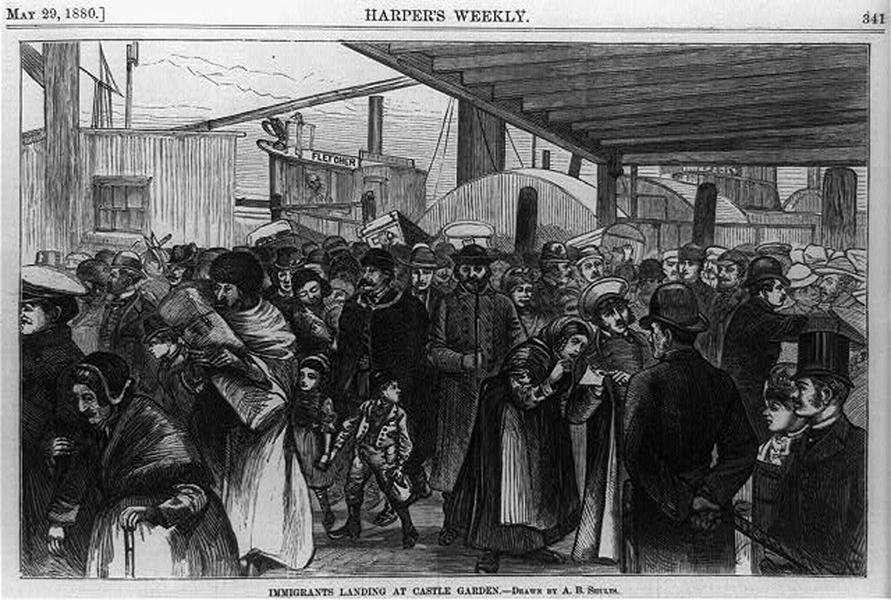
The four Kaufmann brothers who founded and expanded this cherished Pittsburgh institution not only shaped the development of the city’s Golden Triangle but left a legacy of philanthropy, civic leadership, cultural innovation and architectural triumph.
They began carving their path to prosperity in Germany as the sons of Abraham and Sarah Wolf Kaufmann.
The family lived on a farm in southwest Germany where Abraham enjoyed a monopoly on the cattle trade. He is described as “healthy, very enduring, hot-headed and energetic,” according to a family history prepared by Alfred Kaufmann of Santa Rosa, Calif., a nephew of the department store founders.
Abraham offered the invaluable advice on which Jacob, Isaac, Morris and Henry Kaufmann built a business, a fortune and charitable gifts that still make Pittsburgh a better place today.
“Sell to others as you would buy for yourself. Good merchants make small profits and many sales. Deal fairly; be patient and in time your dishonest competitors will crowd your store with customers,” Abraham told his sons.
Like many Jewish immigrants, the Kaufmann brothers saved and sweated their way to success. Privately, they experienced profound sorrow because three Kaufmann women died by their own hand.
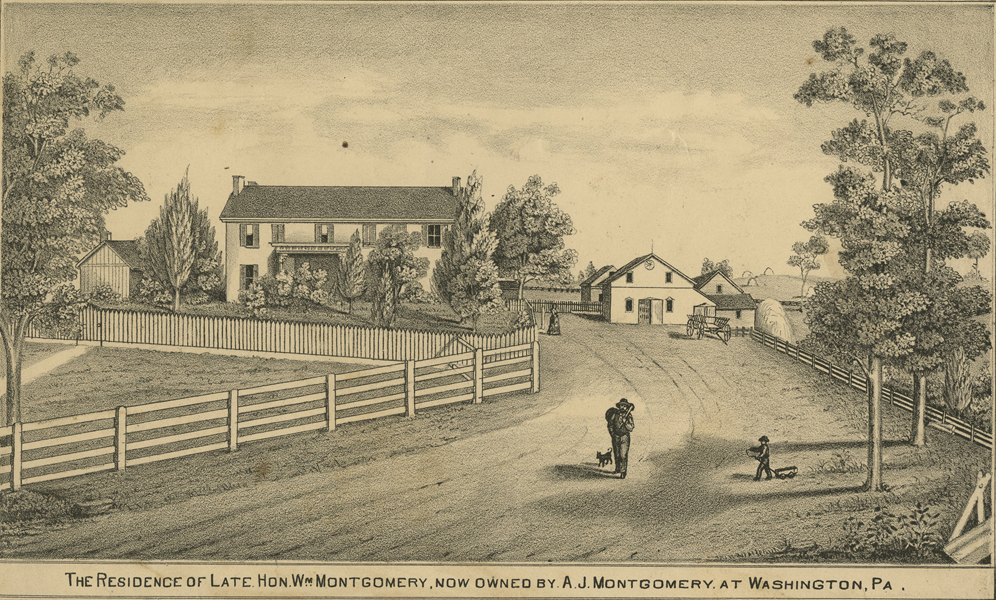
The four brothers spent $1,500 to start their store, Isaac recalled, but they were “millionaires in hope and confidence.”
Buoyed by youth, Jacob landed at Castle Garden in New York City’s bustling harbor on May 12, 1868. At age 18, he began peddling buttons, thread, cloth and ribbon from a knapsack, stopping at farms and villages southeast of Pittsburgh in the Youghiogheny River Valley and lodging with local Jewish families. He saved enough money to send for his brother Isaac.
In May of 1869, Isaac was 17 when he left his native Rhineland village of Viernheim, sailed for America and joined Jacob in selling their wares as far south as the coal fields of Connellsville. They found customers in Braddock, Brownsville, Clairton, Donora, Greensburg, Jeannette, Johnstown, Latrobe, Mt. Pleasant and as far north as Oil City.
By 1871, the duo opened a tailor shop at 1918 Carson St. on the South Side, where they sold clothing to iron workers and puddlers employed at the Jones & Laughlin hot rolling mill or at the Eliza Furnace.
Two younger brothers, Morris and Henry, immigrated in 1872. As the night watchman, Morris often slept above the South Side store. Five years later, J. Kaufmann & Brothers moved to Smithfield Street in Downtown Pittsburgh. A picture of the store in 1879 shows signage that read: Kaufmann’s, Cheapest Corner Reliable One Price Clothing House Men’s Boys’ & Children’s Clothing.”
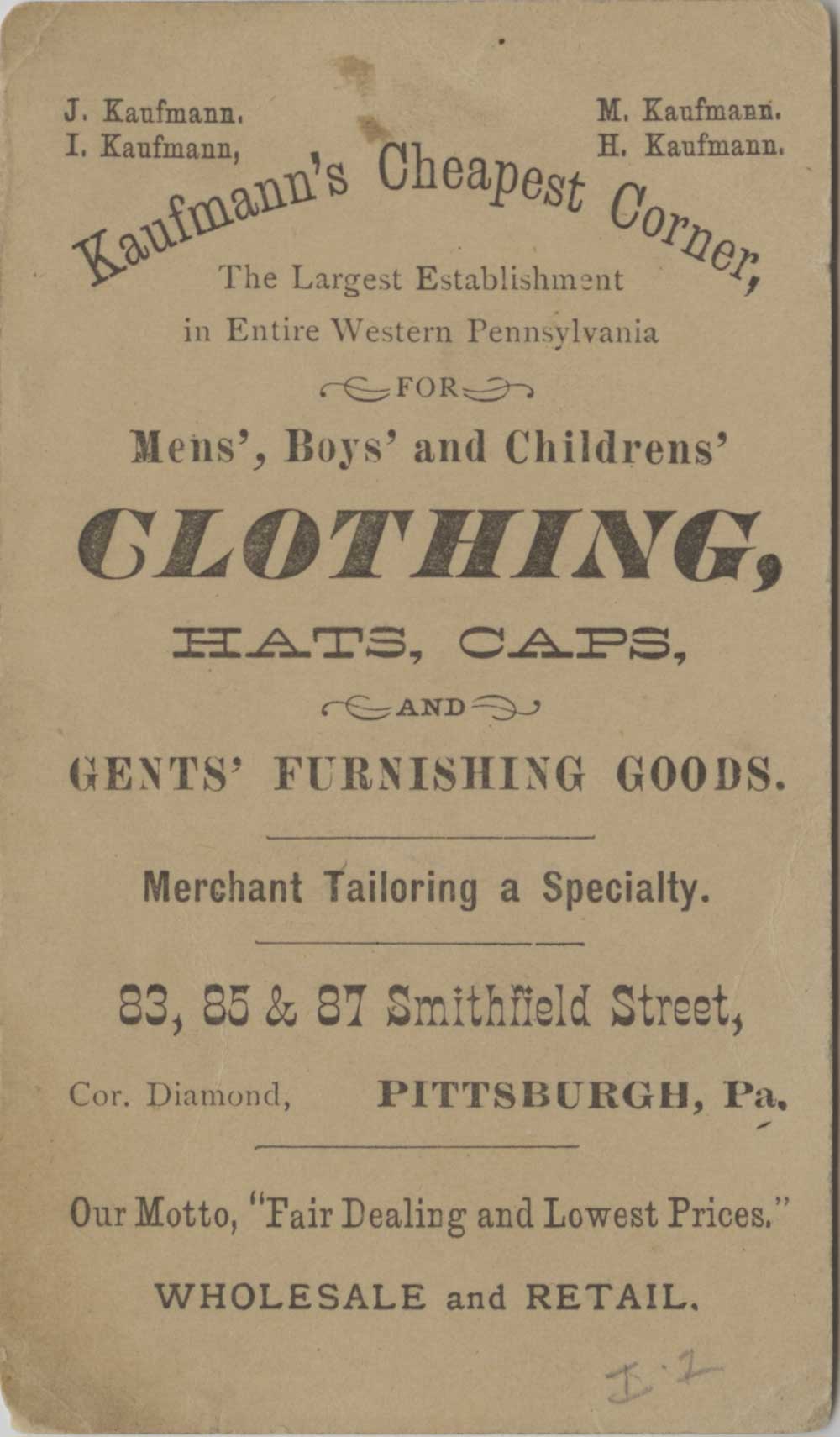
In 1885, Kaufmann Brothers built a new structure at Fifth Avenue and Smithfield Street, the corner where generations of Pittsburghers have met under a gilded clock. Before the time keeper with a fancy face was installed, the brothers erected a replica of the Statue of Liberty bearing a torch blazing with natural gas. Eventually, their 12-story building had 700,000 square feet of space.
Their Downtown location was convenient and their timing fortuitous. In the 1880s and 1890s, aluminum, coal, glass, oil, steel, shipping and tin fueled Pittsburgh’s roaring industrial economy. Every Saturday,100,000 mill workers, flush with a week’s pay, took street cars to Downtown, many heading to Kaufmann’s.
Prosperity prompted Jacob and his wife, Augusta Katz Kaufmann, to buy a Richardsonian Romanesque style townhouse at 913 Brighton Road on the city’s North Side in 1890. Located in Allegheny City’s Millionaire’s Row, the home still stands and features ornamental wooden fretwork. By the time Jacob died in 1905, he and his family lived in Squirrel Hill. His widow pursued an unsuccessful lawsuit against her three brothers-in-law, claiming they offered too little money for her late husband’s share of the department store.
In 1910, her sons found another line of work by establishing the Kaufmann Realty Co. Raymond, Alfred, Edwin, Karl and Chester Kaufmann bought, sold, leased and managed property and ran their business from a Downtown building.


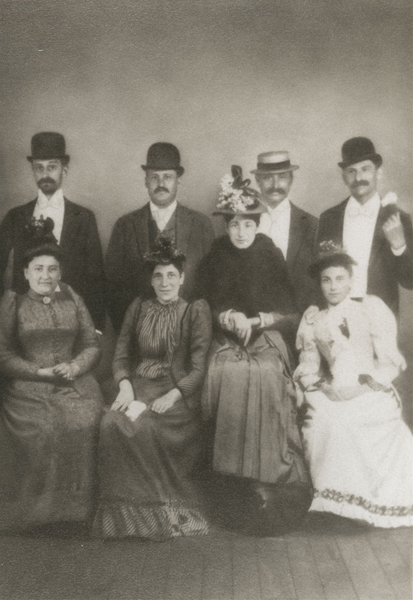
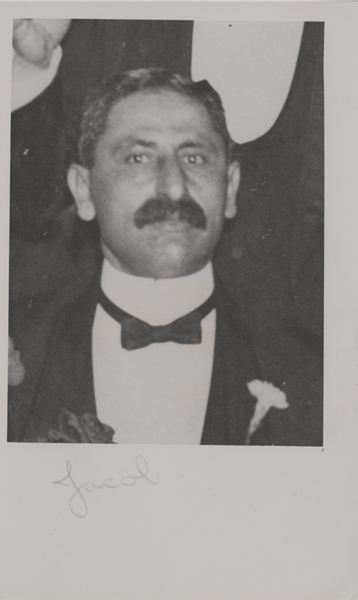
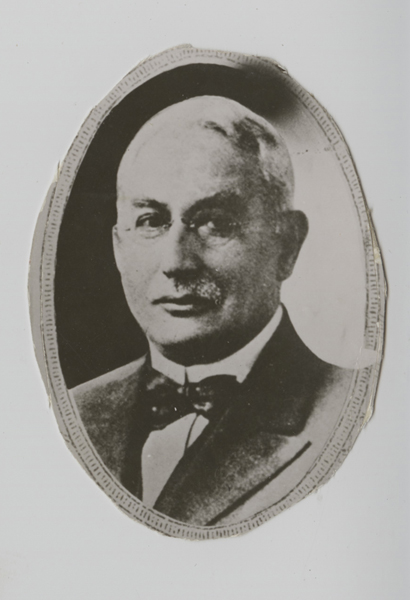
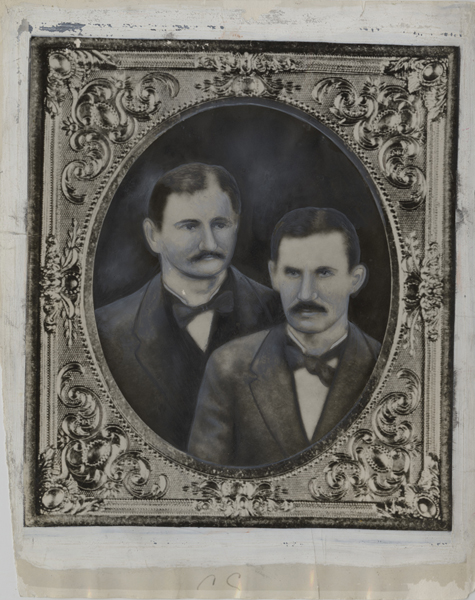
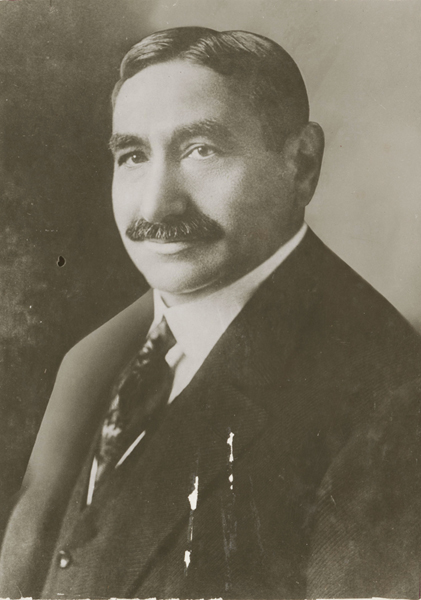
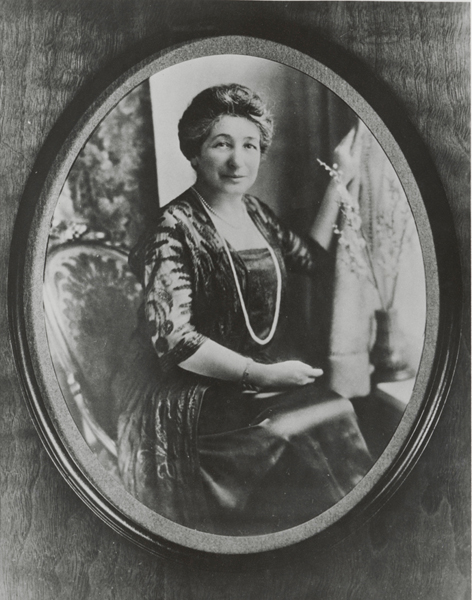
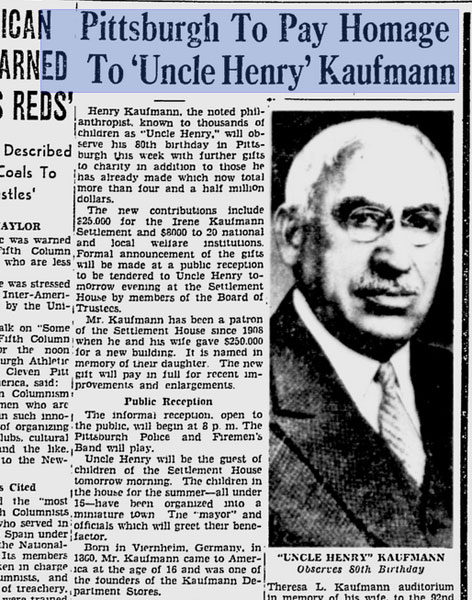
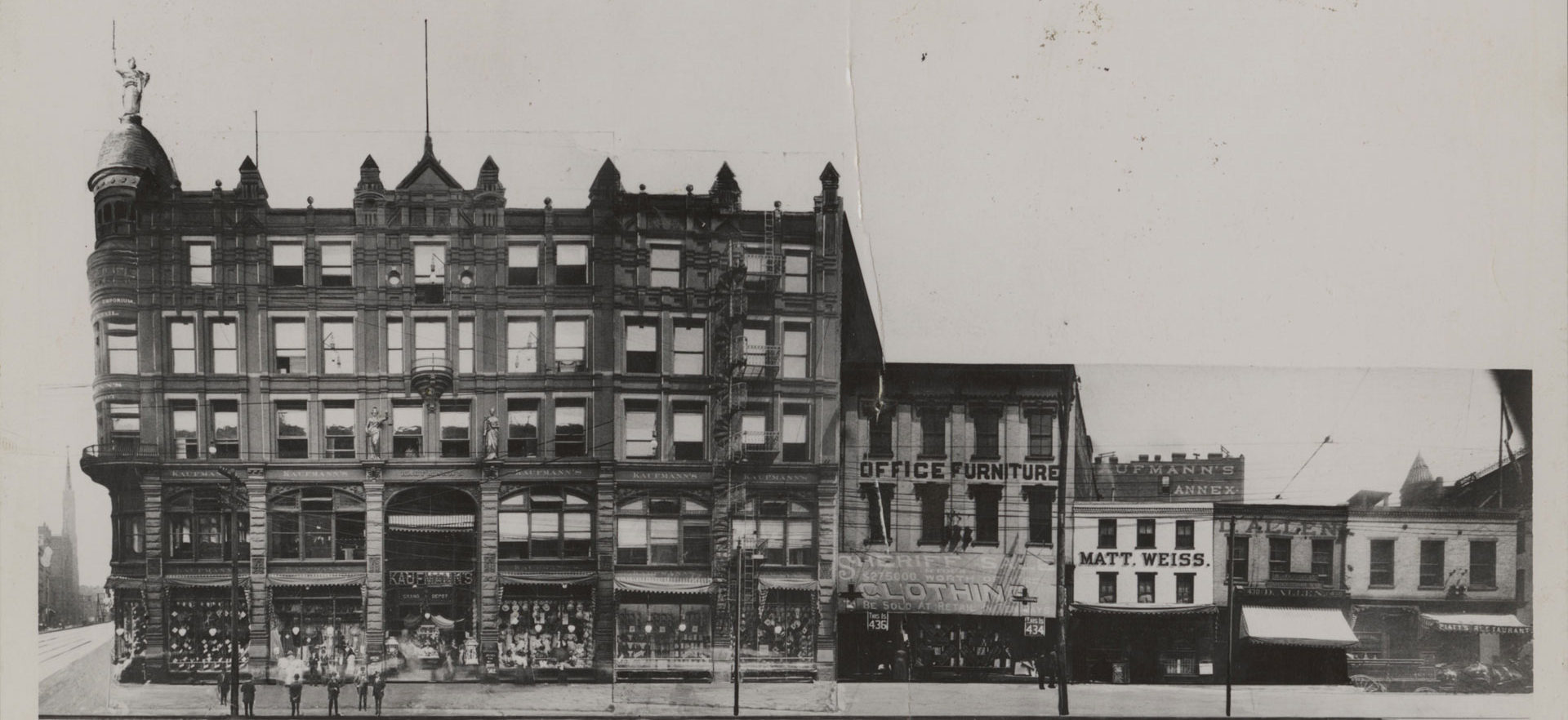
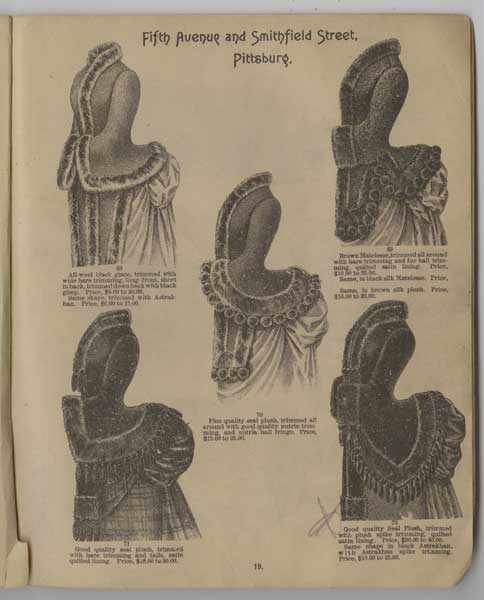
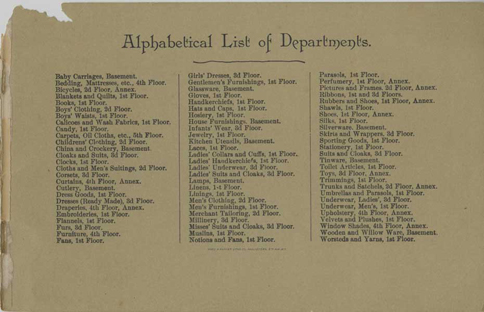
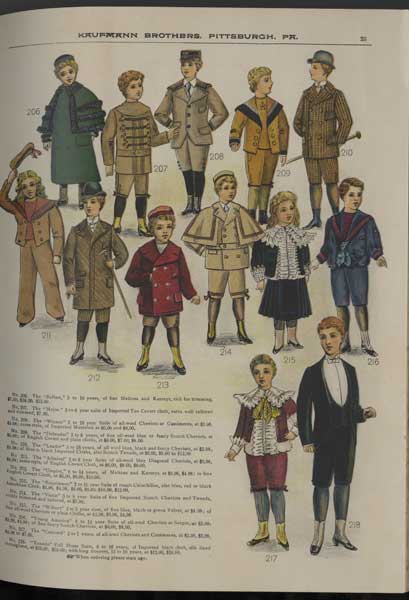
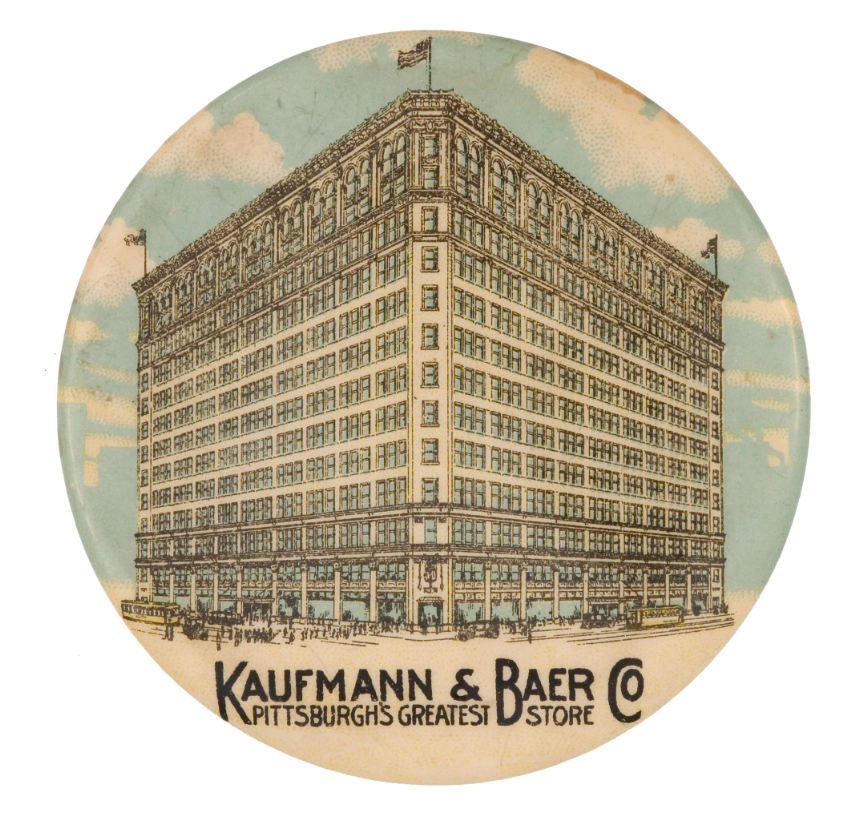
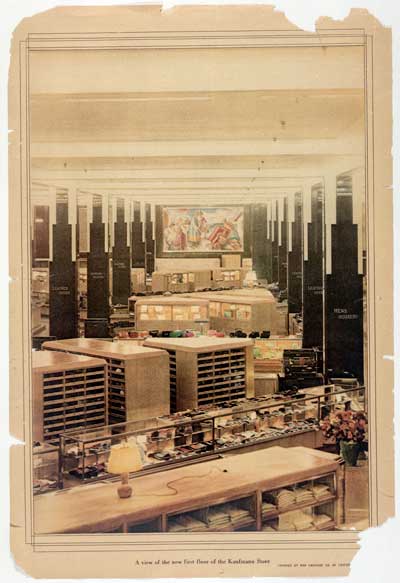
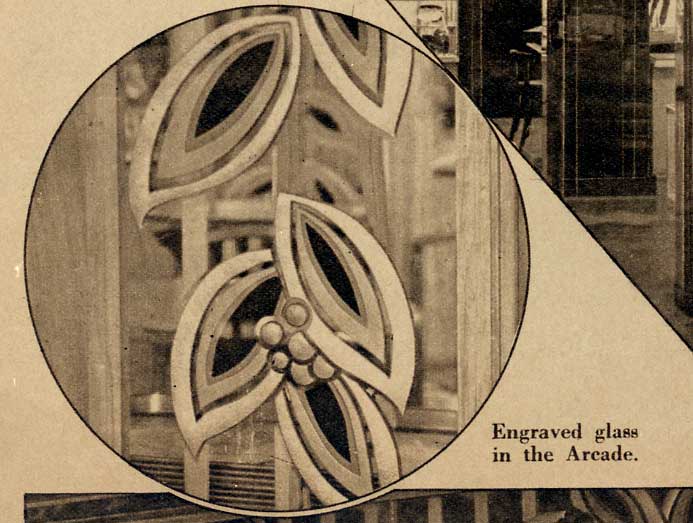
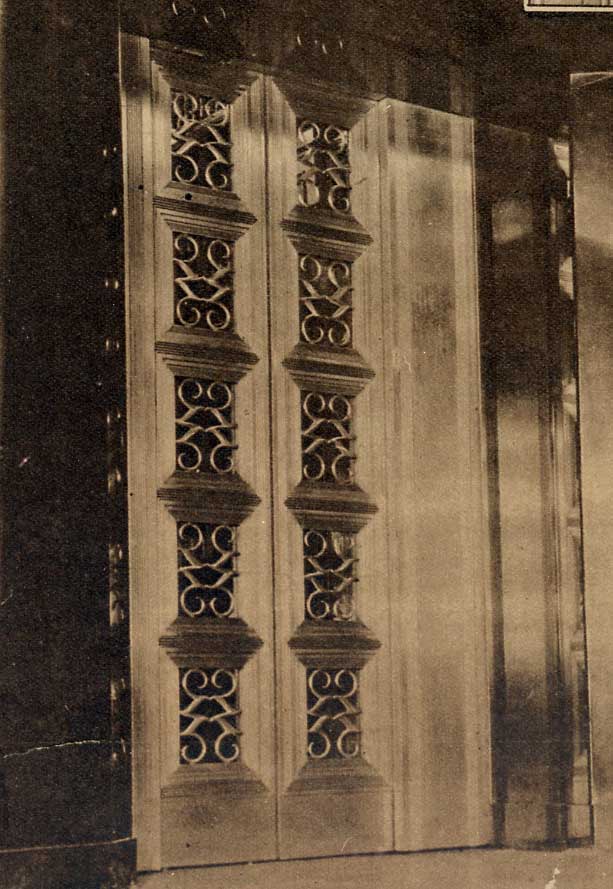
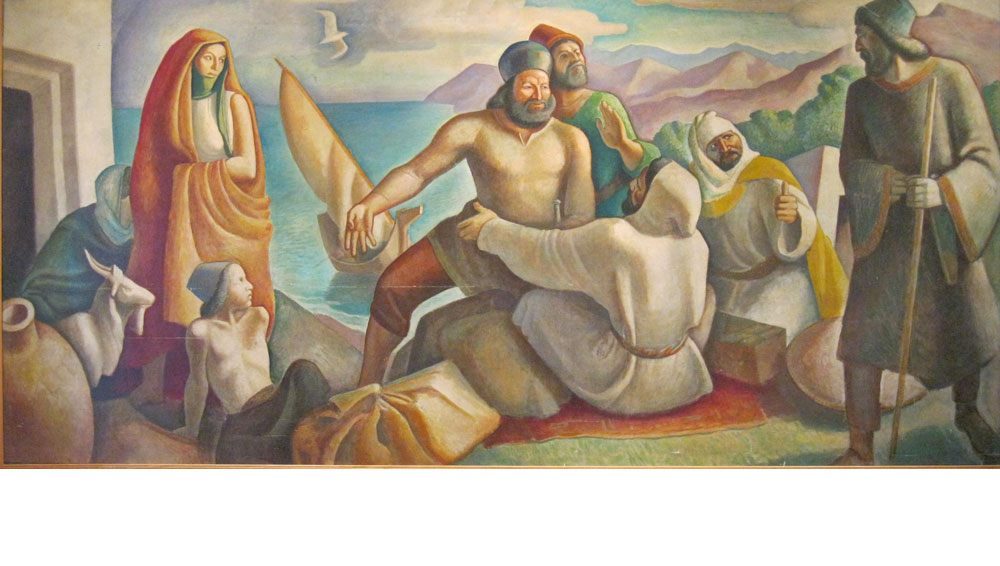
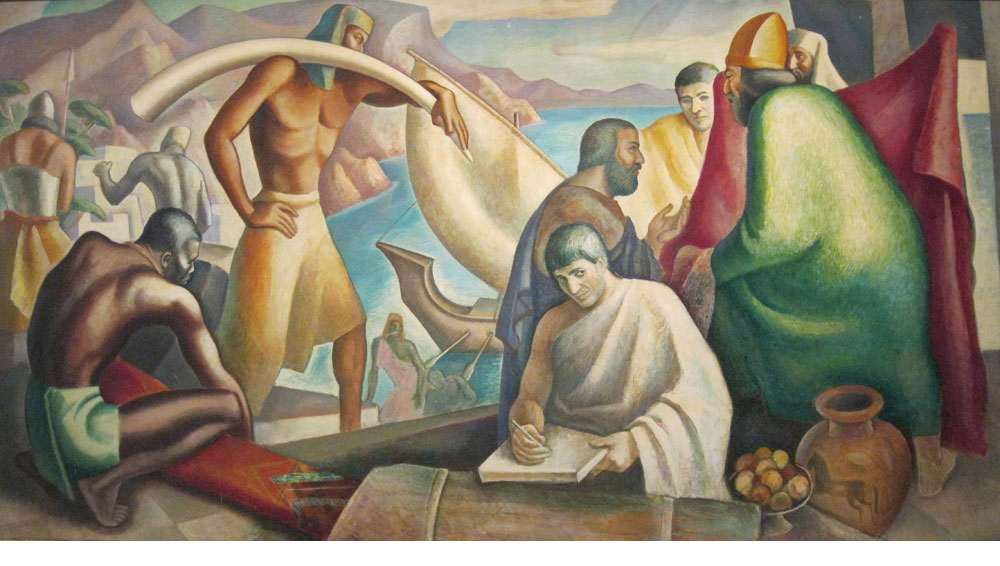
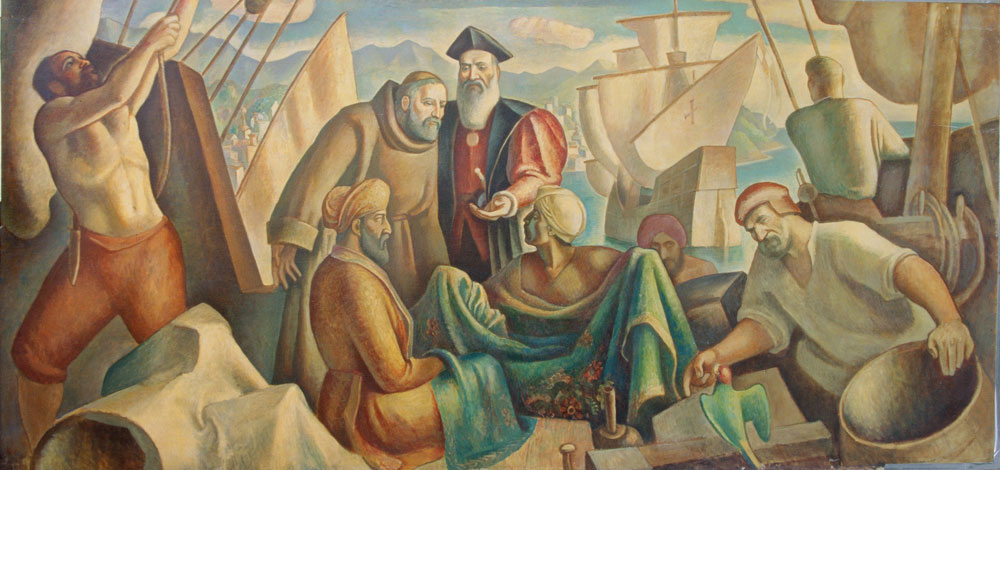
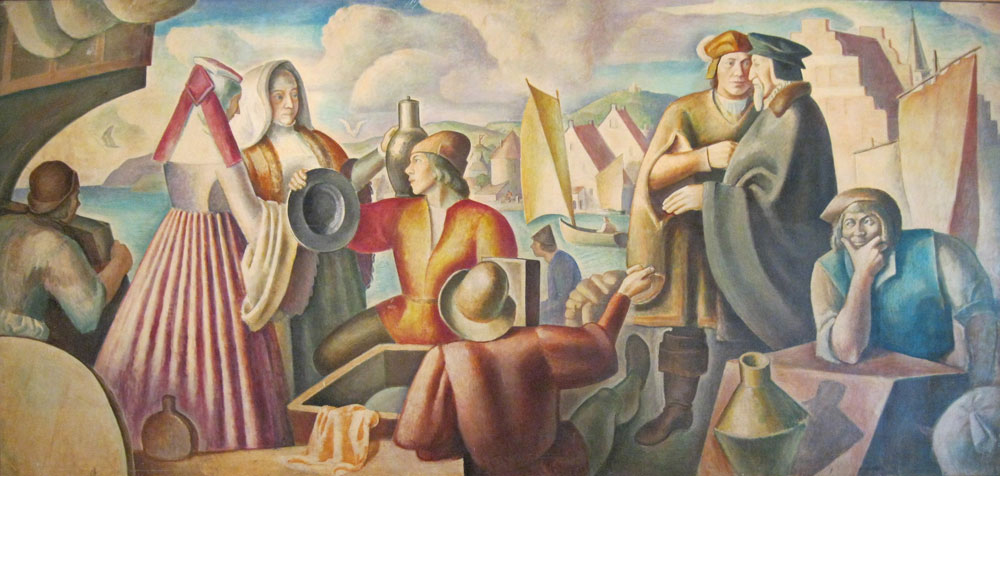
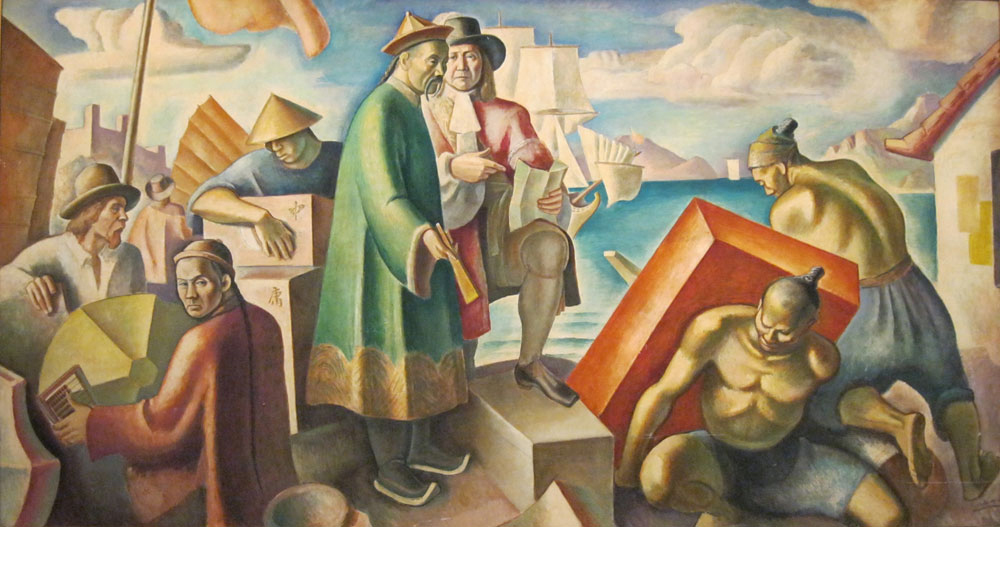
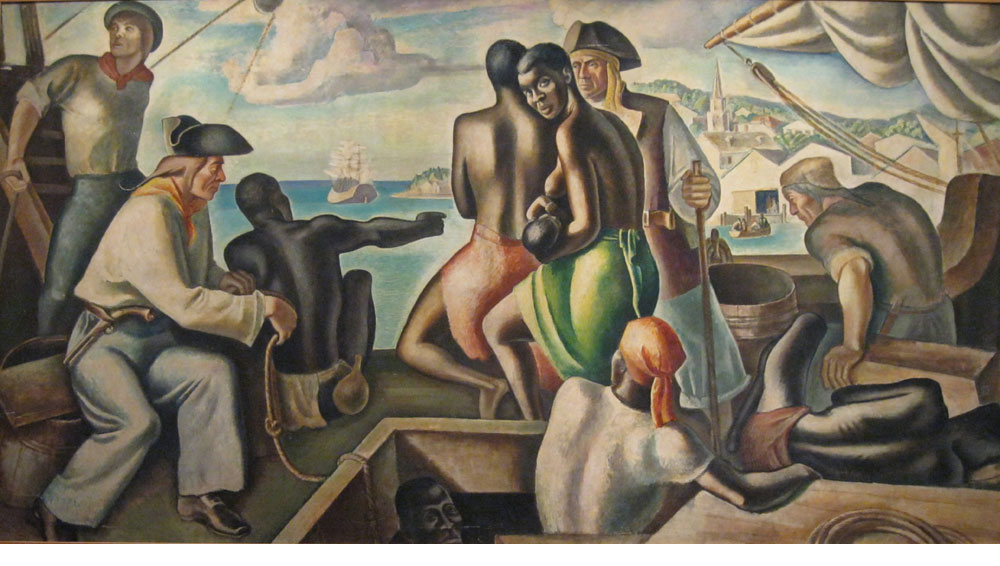
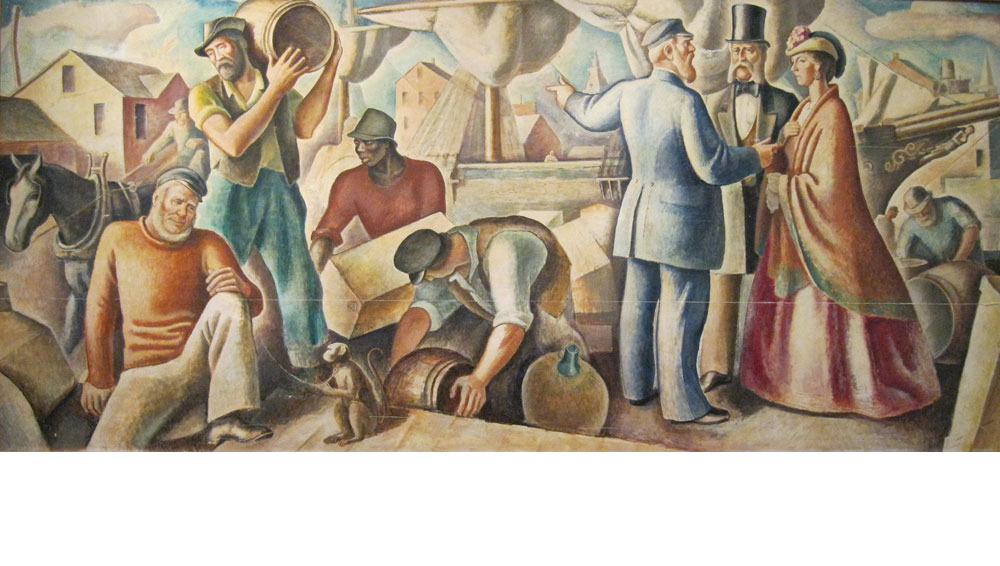
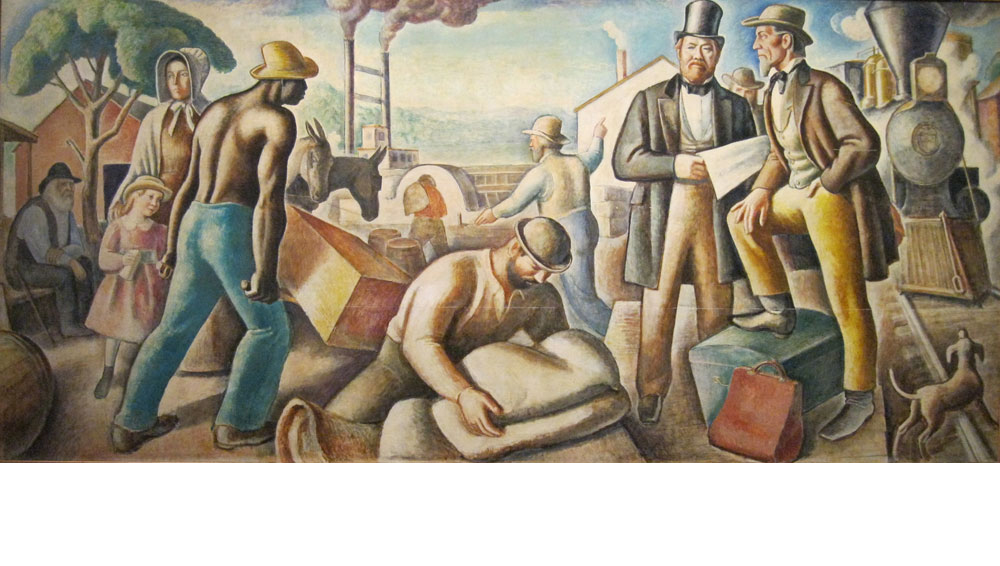
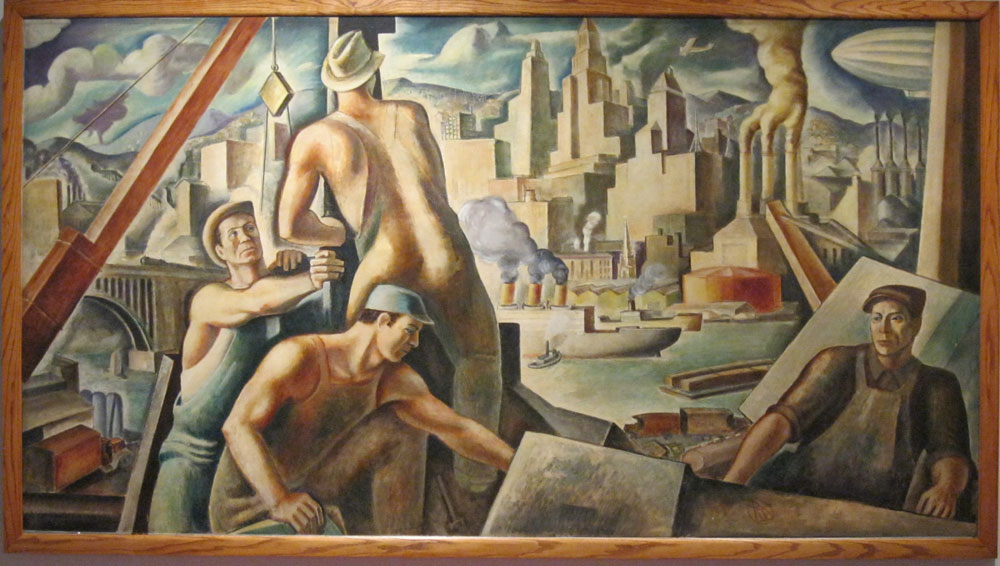
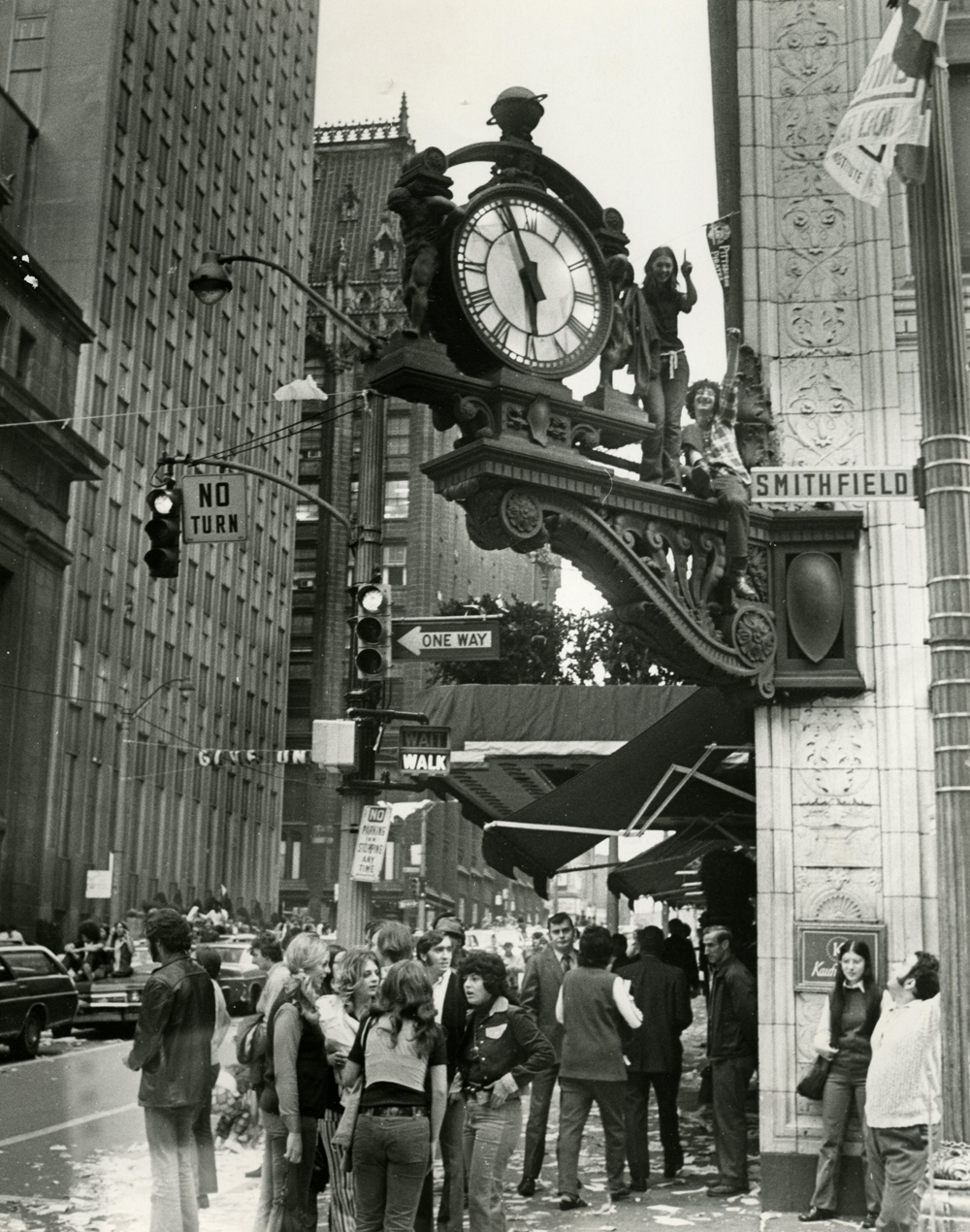
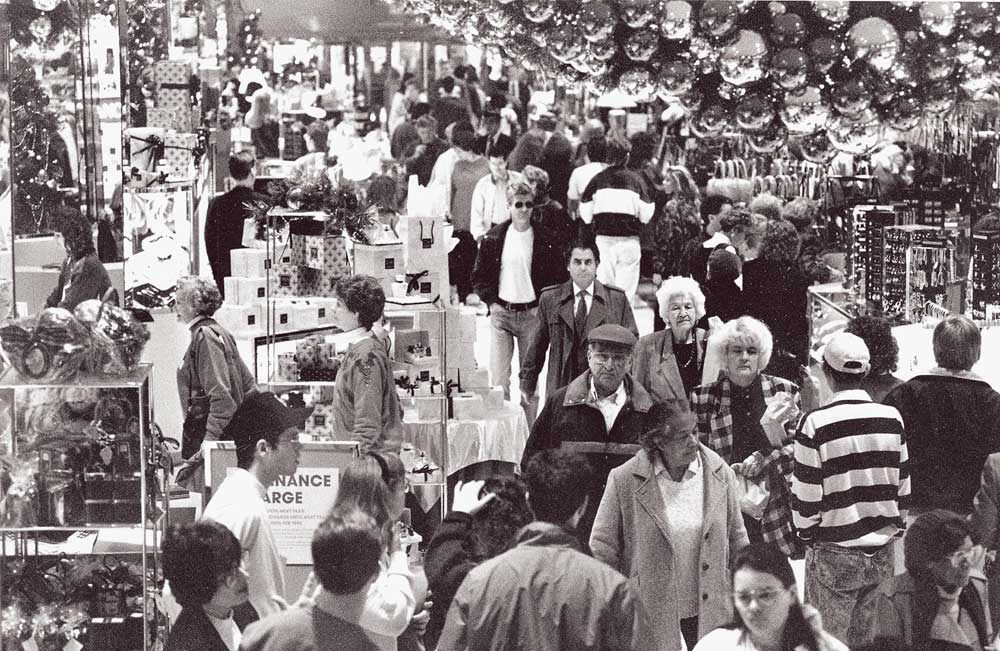
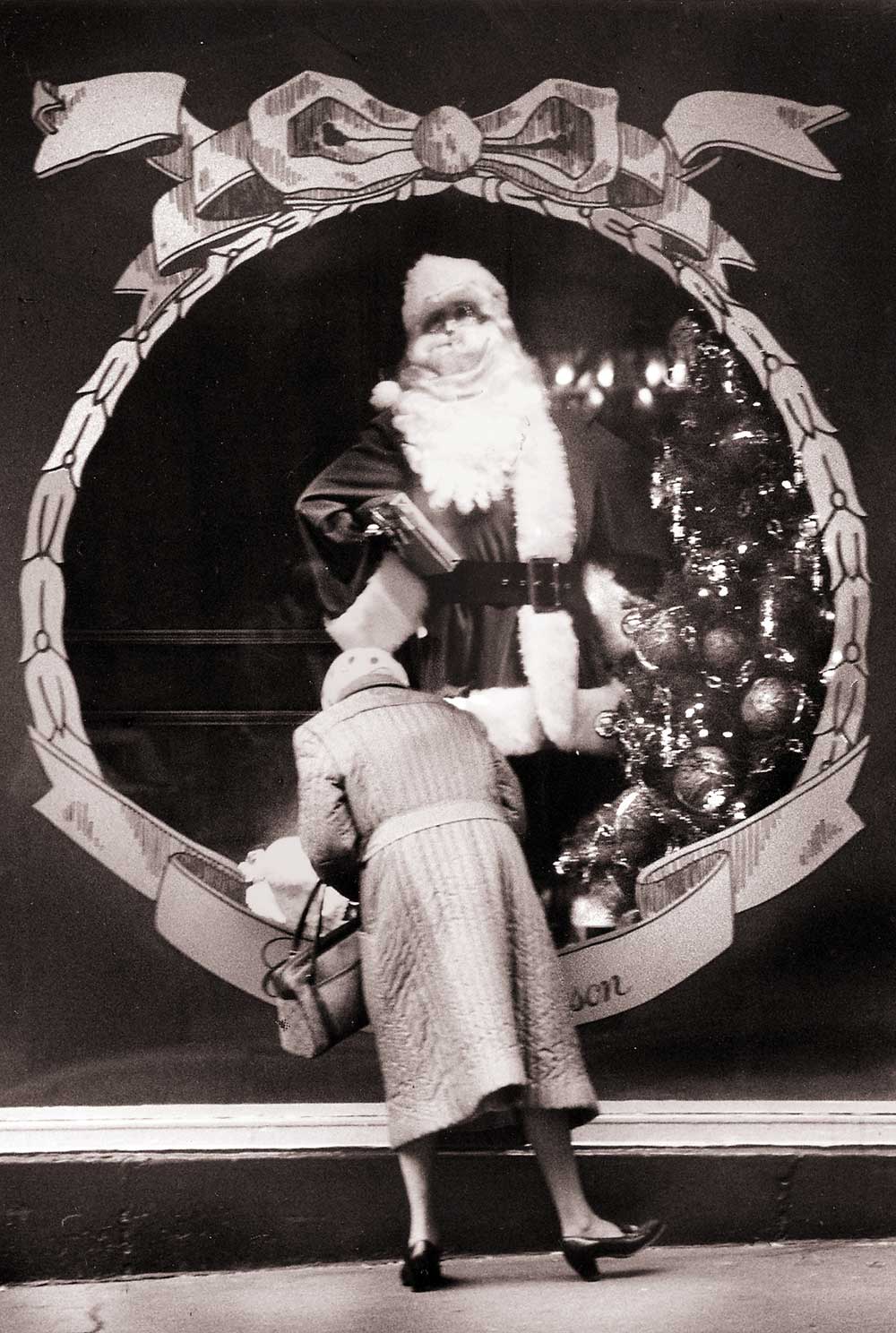
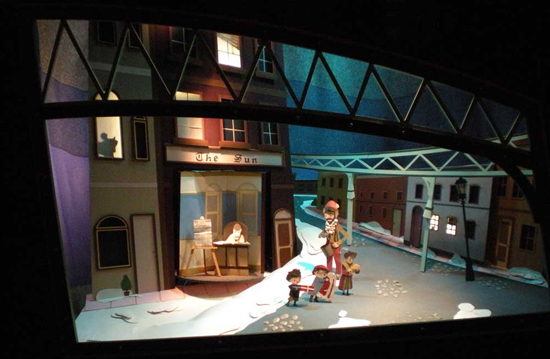
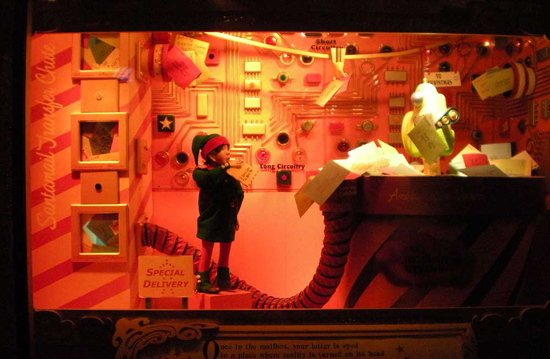
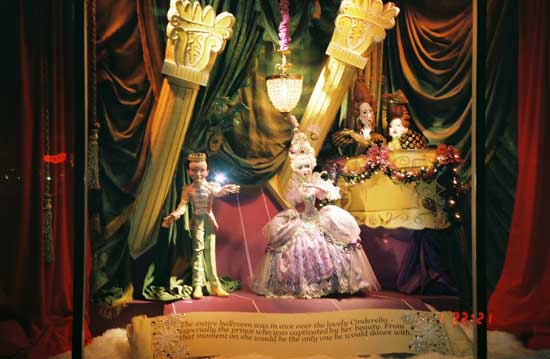

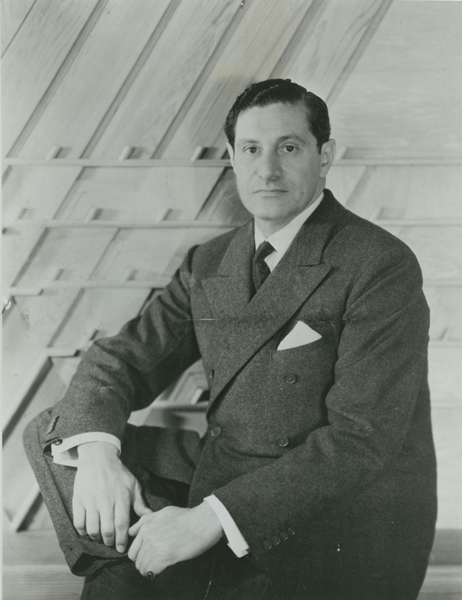


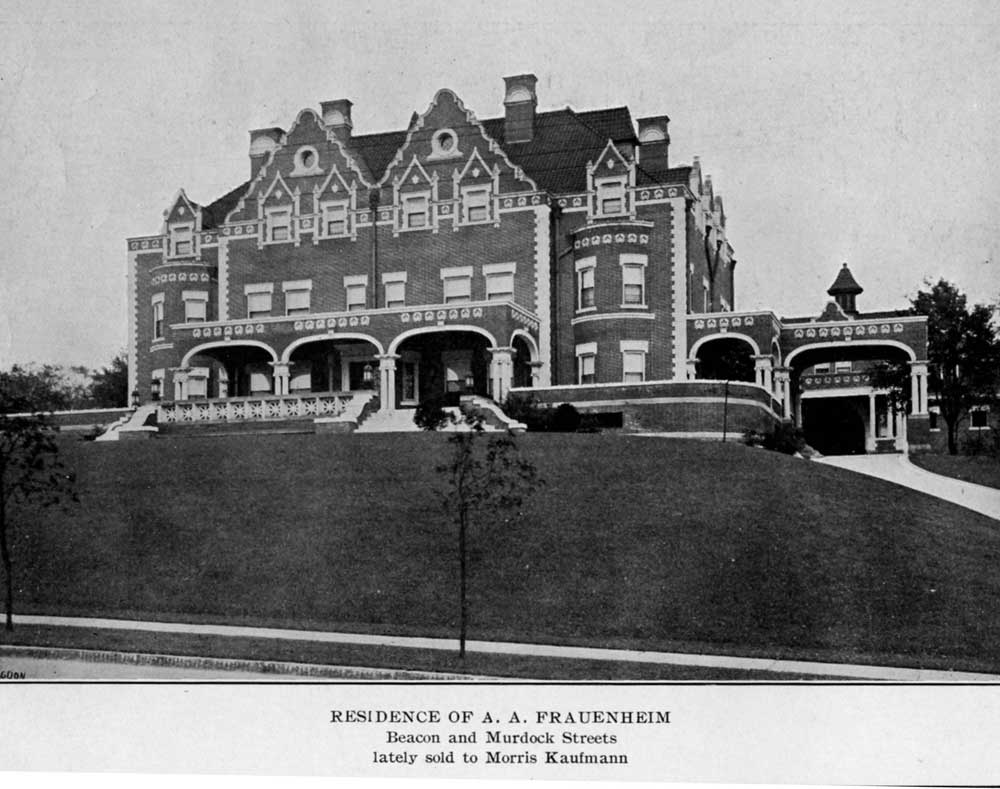
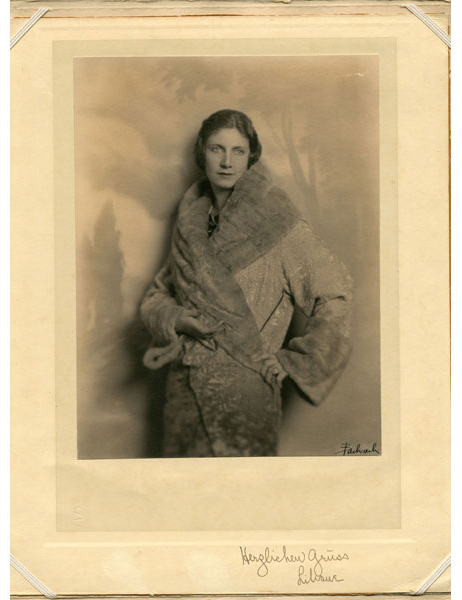
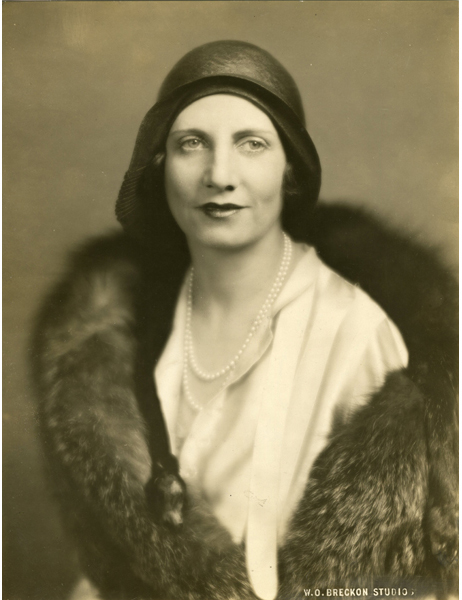
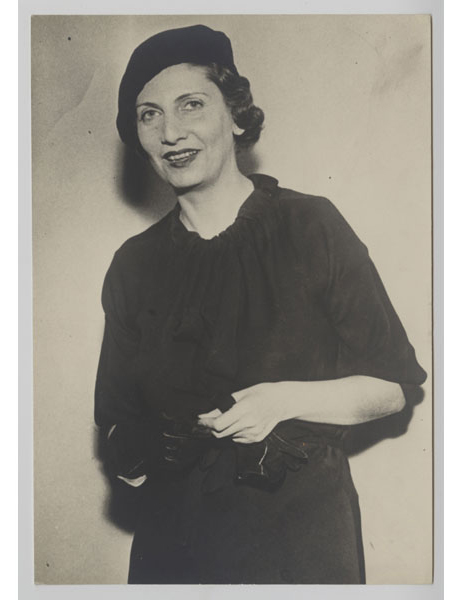
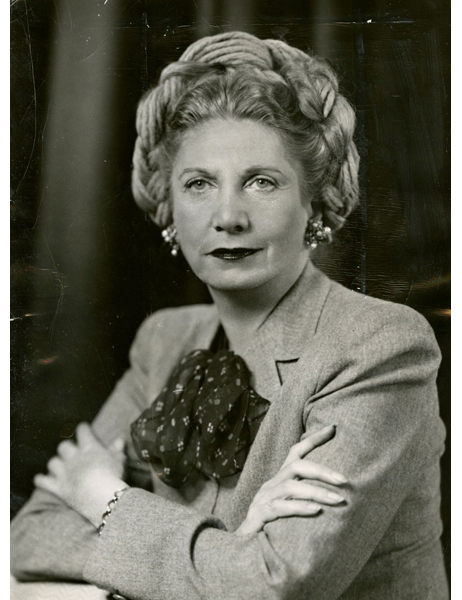
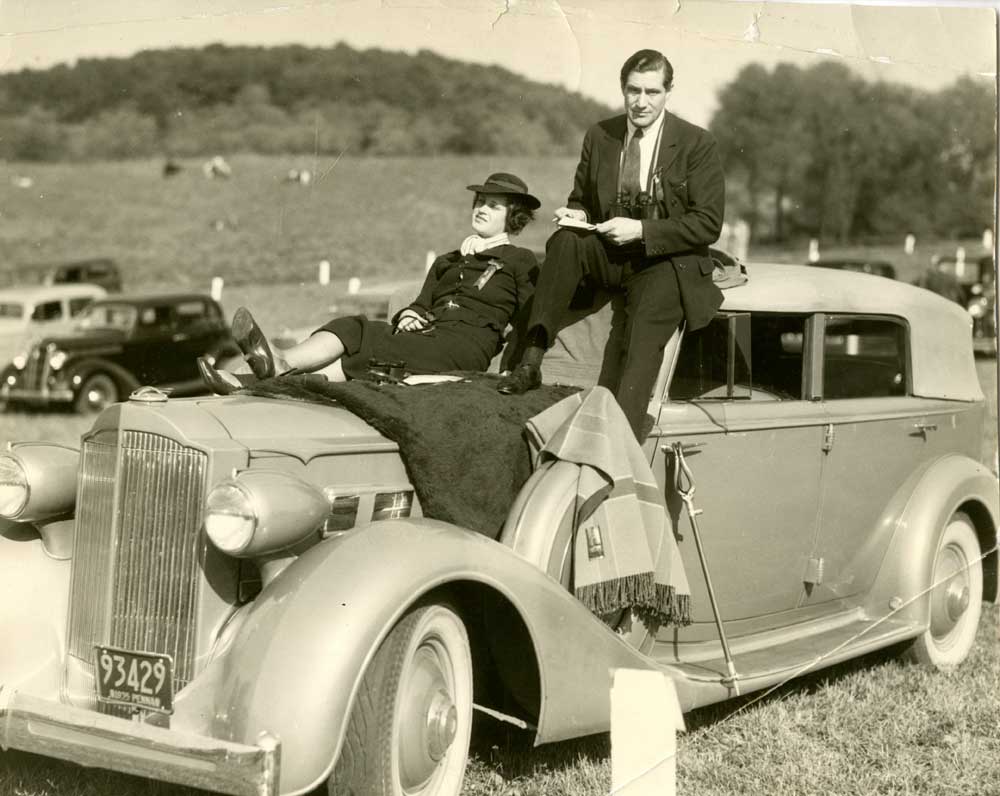

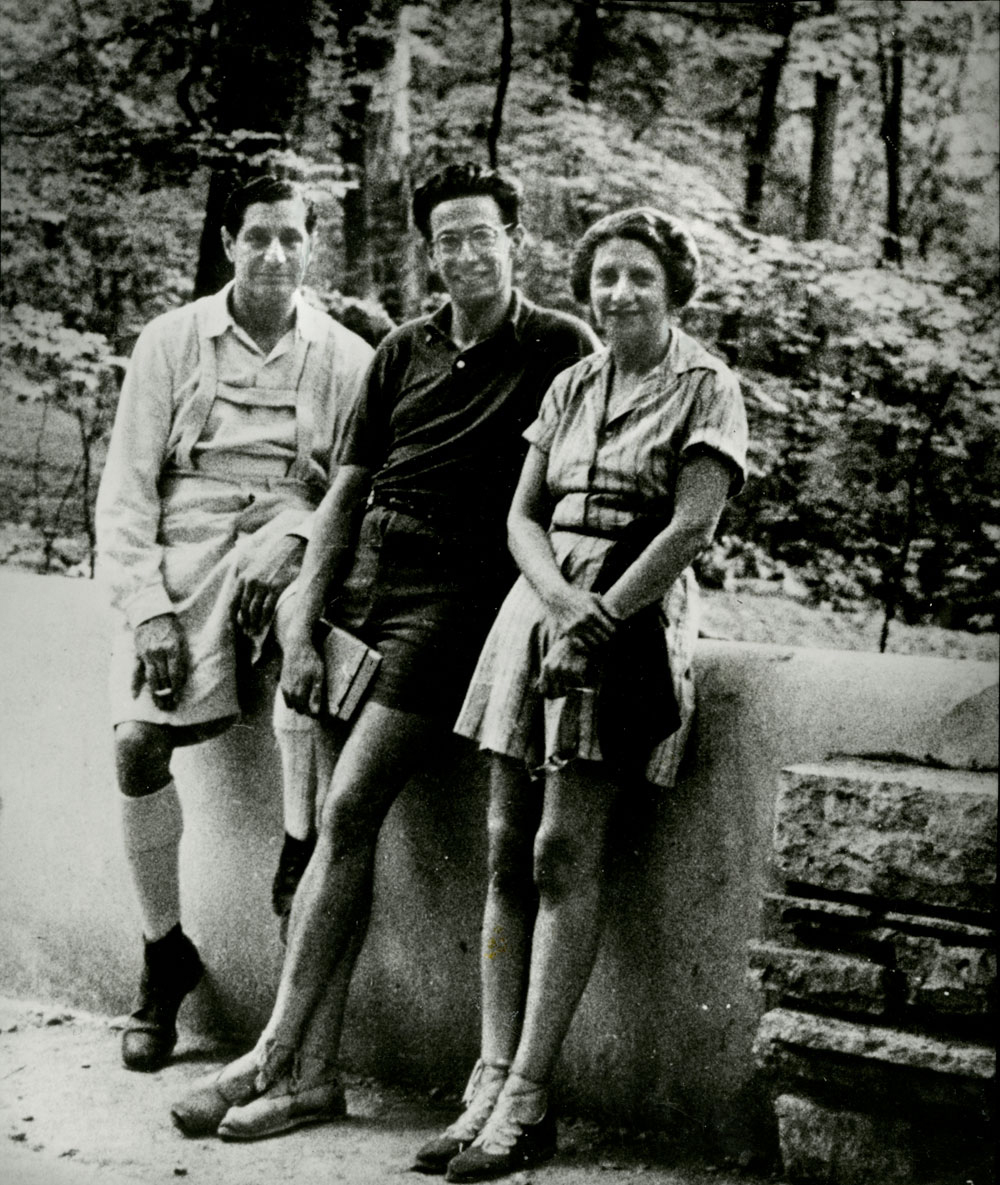
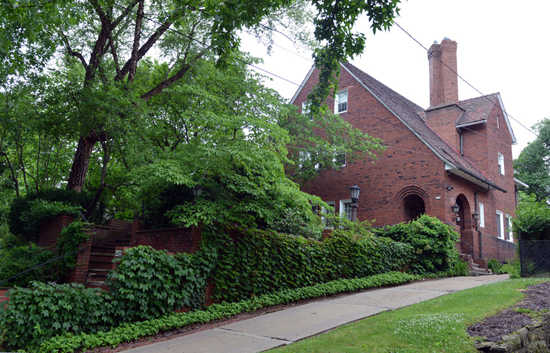
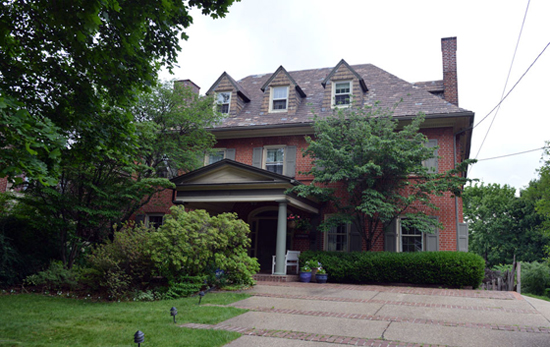
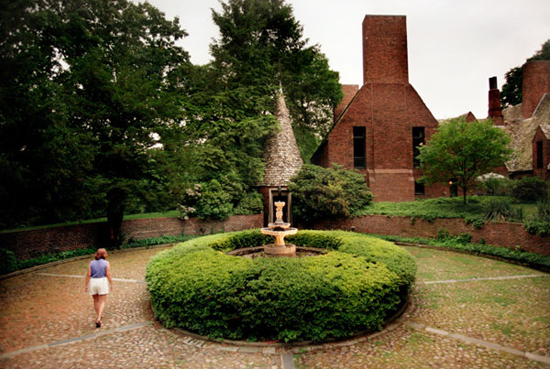
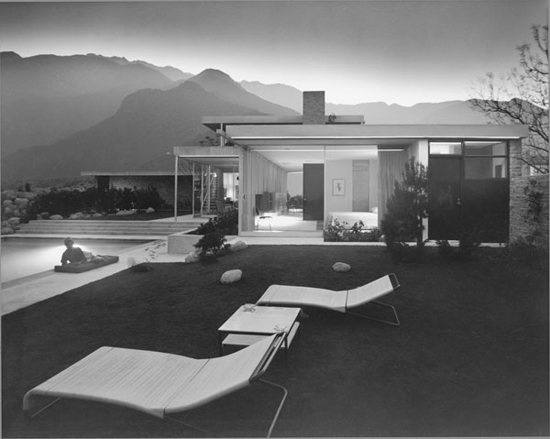
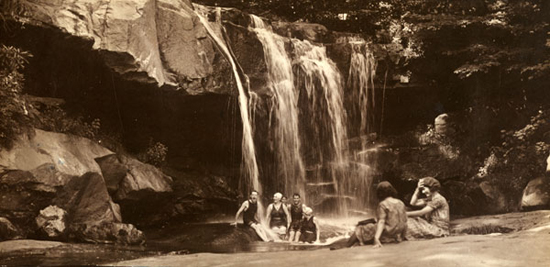
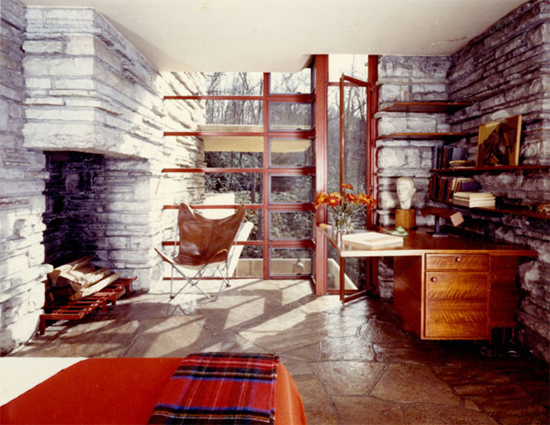
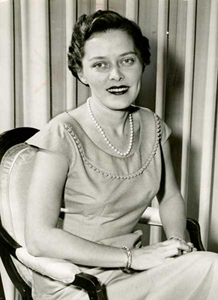
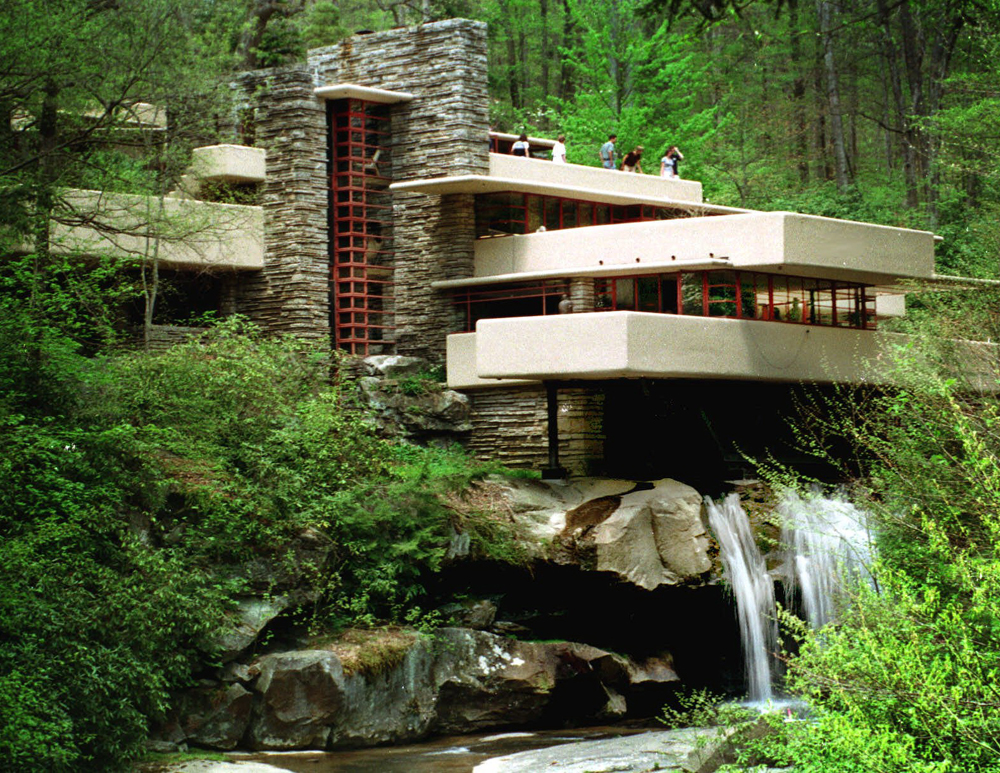
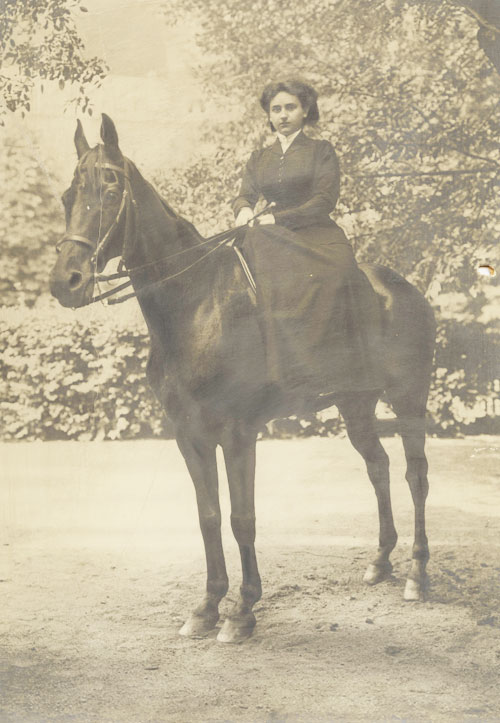
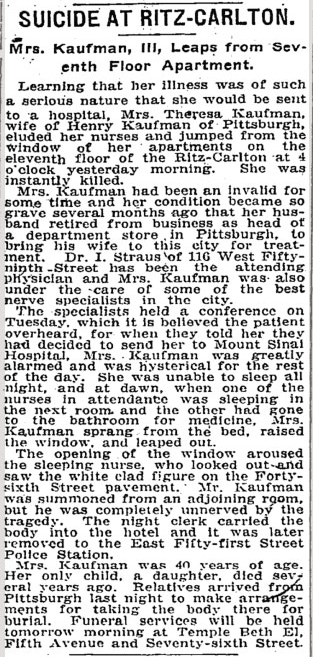
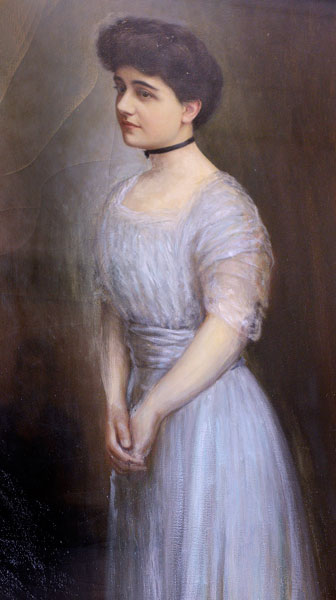
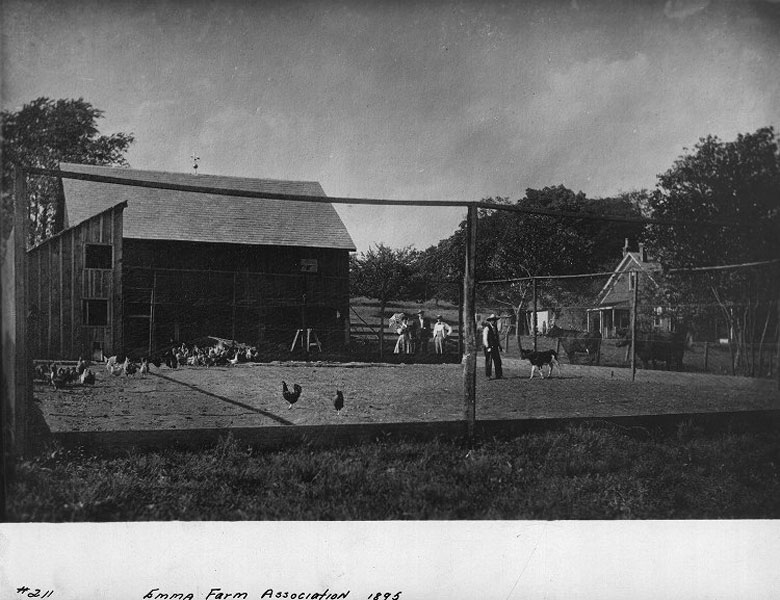
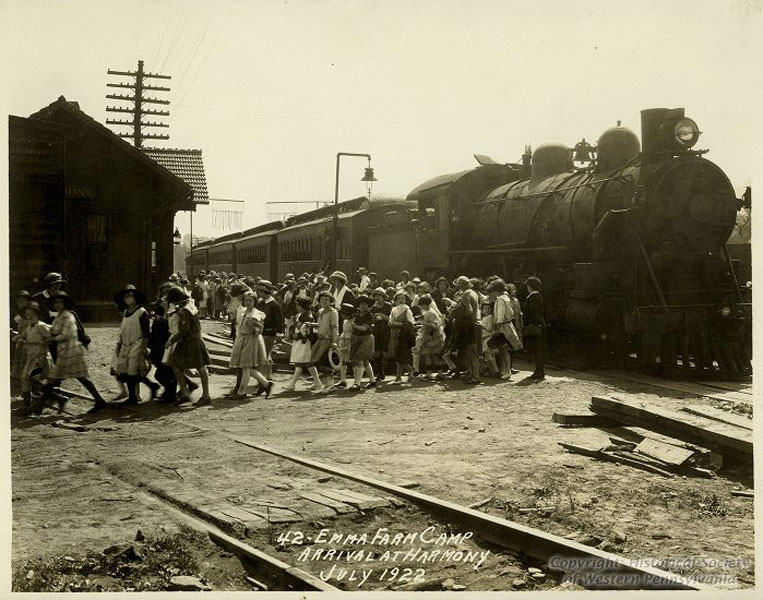
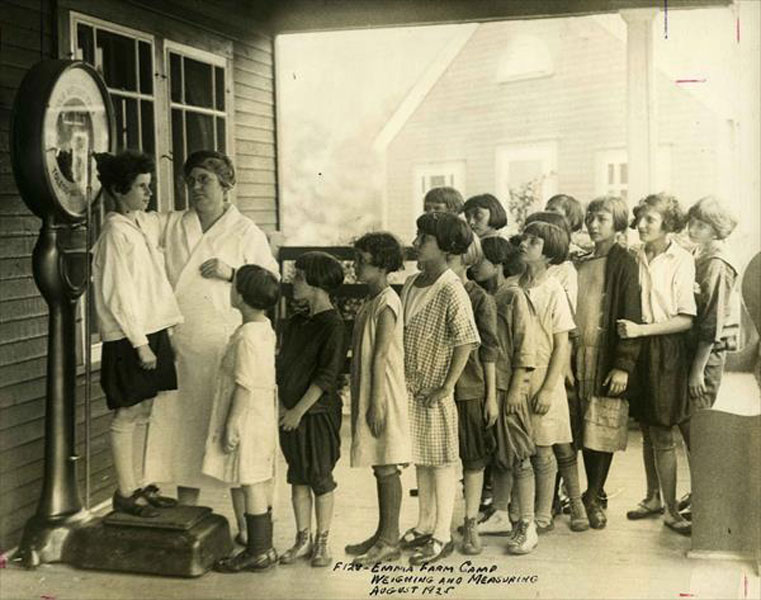
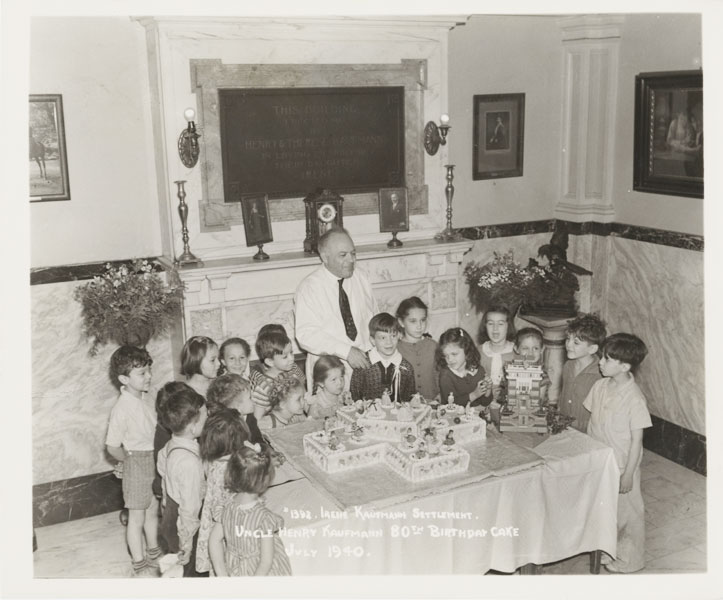

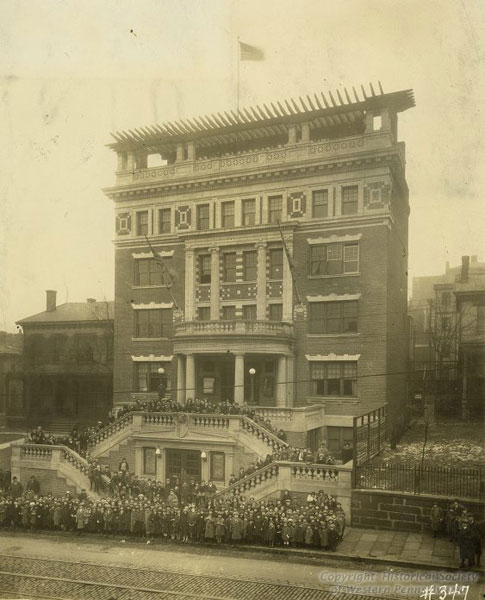
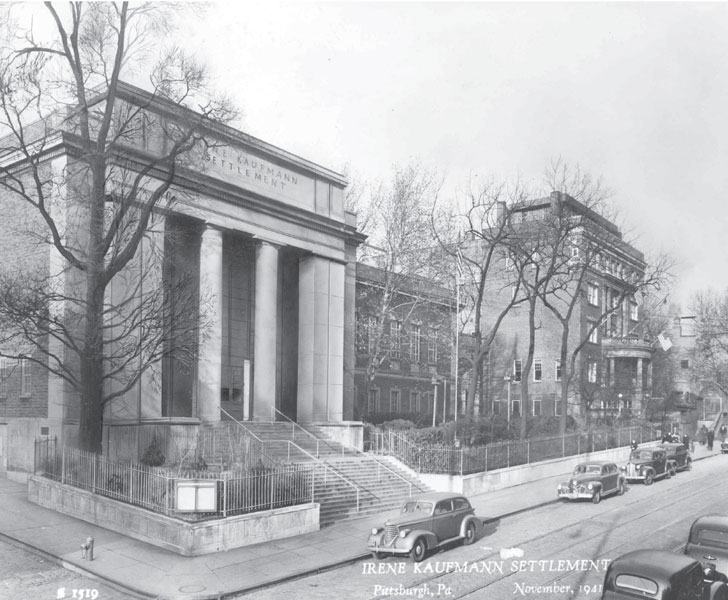
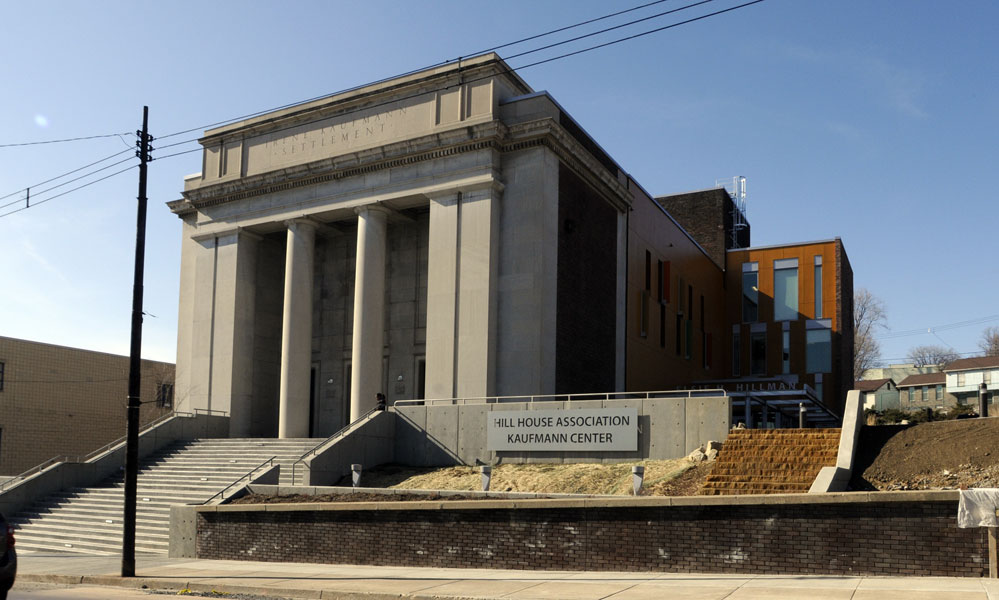
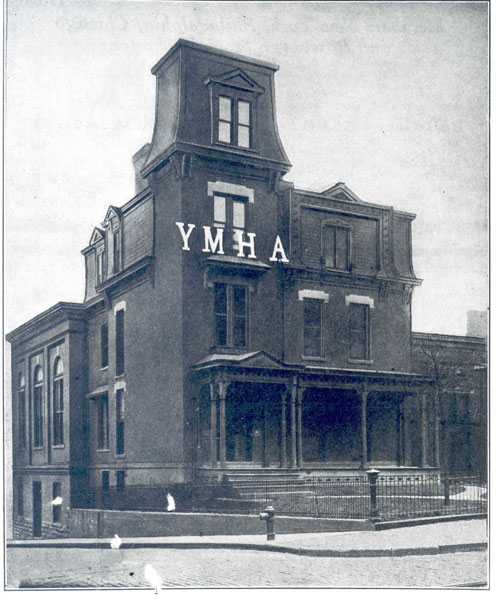
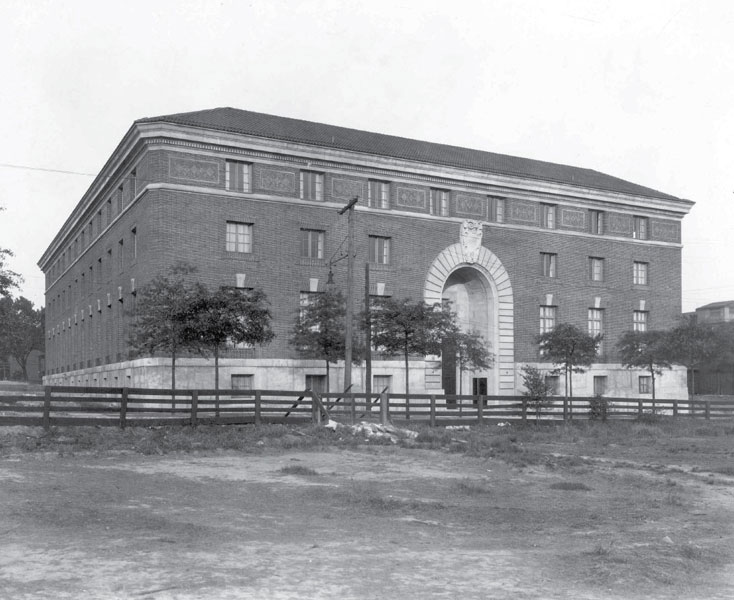
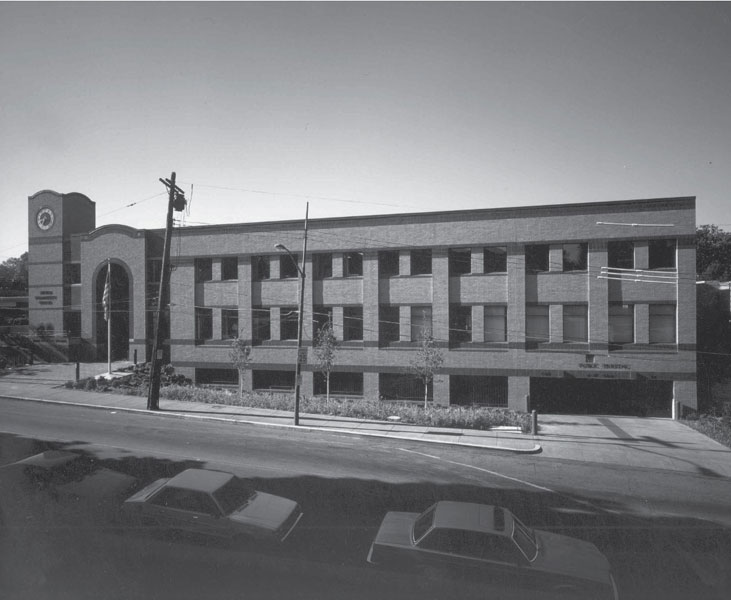
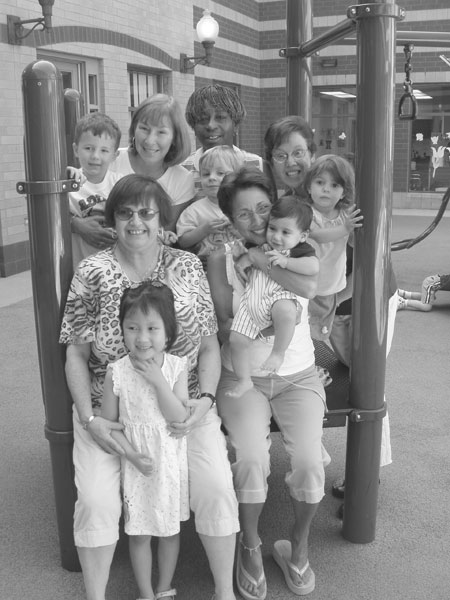
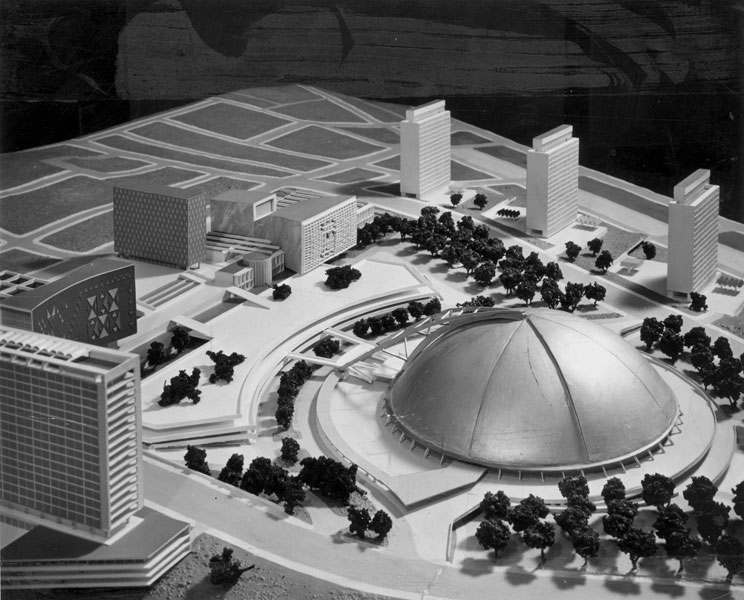
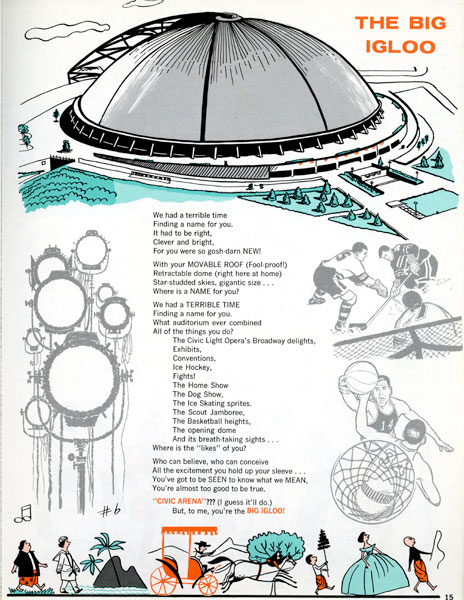
Login Register Logout